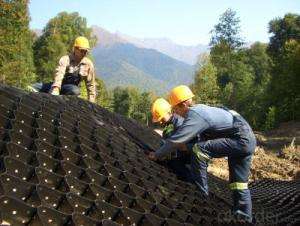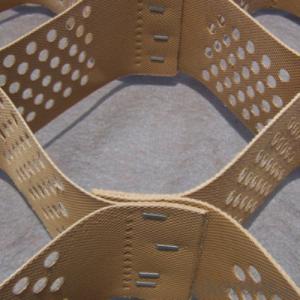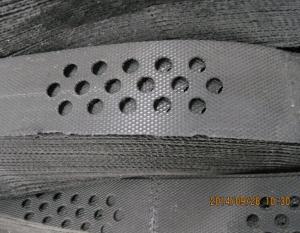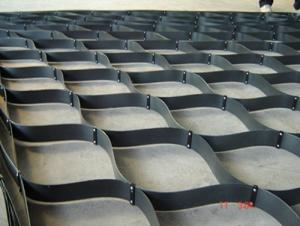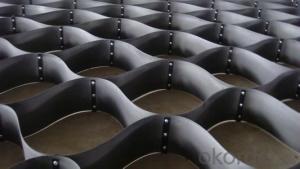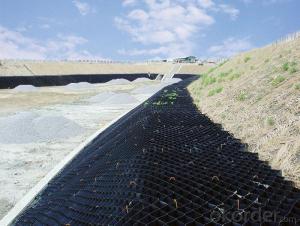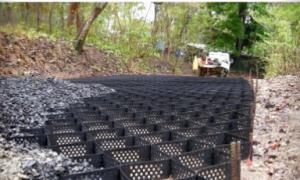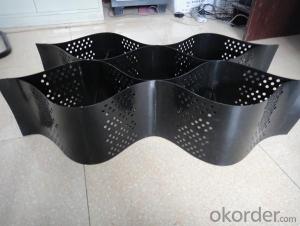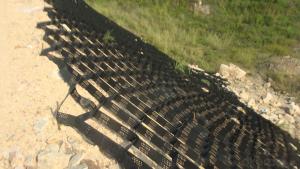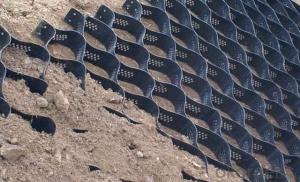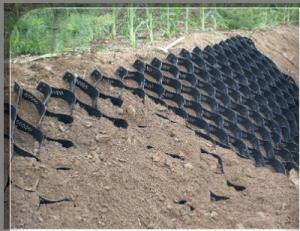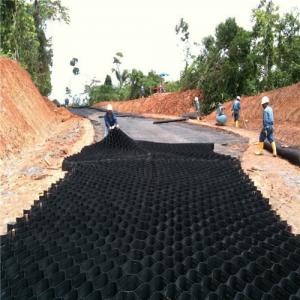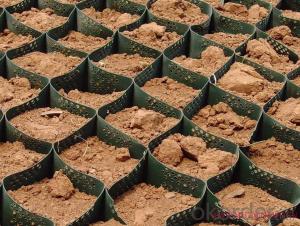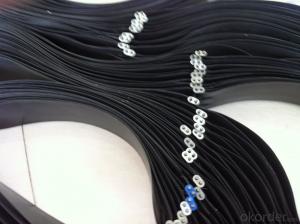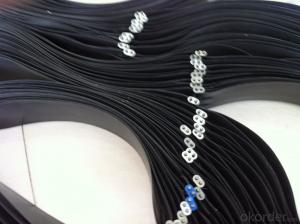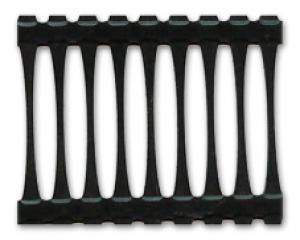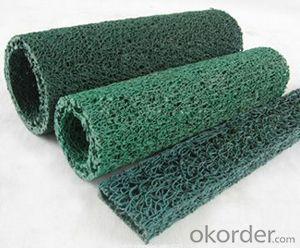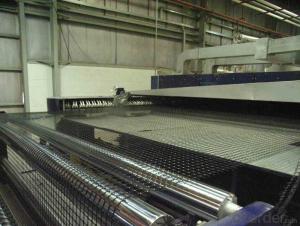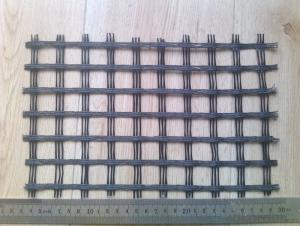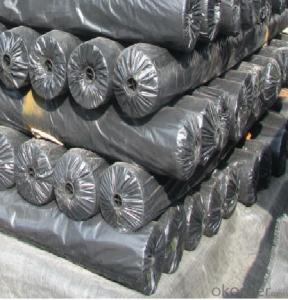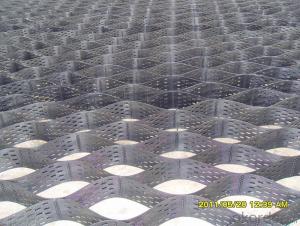Geocell
Geocell Related Searches
Plastic Solar Lanterns Plastic Tube Singapore Retaining Wall On Slope Plastic Berry Baskets Pda Plastic Plastic Arch Plastic Calf Huts Geomembrana Hdpe 1 Mm Precio Geomembrana Hdpe 2 Mm Precio 40 Mil Hdpe LinerHot Searches
Alice In Chains Store Masonry Construction Type Real Estate Builders & Construction Company Wholesale Hdpe Geomembrana Hdpe Liner Cost Types Of Supports In Engineering Mechanics 50 Year Architectural Shingles Price Online Shopping Of Kitchen Items Cost Of Installing Hardwood Floors Cost Of Heated Floors Wholesale Hdpe Geomembrana Hdpe Liner Cost Wholesale Hdpe Geomembrana Hdpe Liner CostGeocell Supplier & Manufacturer from China
Okorder.com is a professional Geocell supplier & manufacturer, offers integrated one-stop services including real-time quoting and online cargo tracking. We are funded by CNBM Group, a Fortune 500 enterprise and the largest Geocell firm in China.Hot Products
FAQ
- There are several benefits of using geogrids in soil reinforcement. Firstly, geogrids provide increased stability to the soil, preventing erosion and soil movement. They distribute and transfer the load more evenly, reducing the risk of soil settlement and subsidence. Additionally, geogrids improve the bearing capacity of the soil, allowing for the construction of structures on weak or unstable ground. They also enhance the long-term performance of the soil by minimizing the impact of environmental factors like freeze-thaw cycles and moisture changes. Overall, geogrids offer cost-effective and sustainable solutions for soil reinforcement projects.
- Details of fiberglass geogrid
- 2, anti fatigue crackIn the old cement concrete pavement asphalt overlay, its main function is to improve the use function of the road, and the contribution to the bearing capacity is not big. The asphalt overlay on the old asphalt concrete pavement is different, and the asphalt overlay will be combined with the old asphalt concrete pavement. Therefore, the asphalt overlay on asphalt concrete pavement, in addition to the emergence of reflective cracks, but also because of the long-term effects of fatigue cracks. We overlay load do stress analysis of old asphalt concrete pavement and the asphalt because of asphalt overlays under flexible surface cover layer of the same nature and the asphalt surface, when subjected to loads, road surface deflection will occur. The surface layer under pressure in direct contact with the wheel of the wheel load in asphalt overlay, the outside edge of the area, the surface layer by force, due to the two force regional force are different in nature, and close to each other, so in the junction of two force area is prone to damage force mutation. Fatigue cracking occurs under the action of long term loads.Fiberglass geogrid in bituminous surface layer, to the compressive stress and tensile stress dispersion in the two block of stress region is formed between the buffer zone, where the stress gradually changes instead of mutation, reduces the stress mutation on asphalt surface damage. At the same time, the low elongation of fiberglass geogrid reduces the deflection of pavement, which ensures that the pavement will not be deformed.
- Yes, geogrids typically require regular inspection to ensure proper functioning and longevity. This may include checking for damage or deterioration, removing any debris or vegetation, and ensuring proper alignment and tension. Additionally, geogrids should be protected from excessive UV exposure and harsh environmental conditions to maintain their effectiveness.
- The tensile strength of a geogrid refers to its ability to resist stretching or breaking under tension or pulling forces. It is typically measured in units of force per unit of cross-sectional area, such as pounds per square inch (psi) or kilonewtons per square meter (kN/m²). The specific tensile strength of a geogrid can vary depending on its material composition, design, and manufacturing process.
- Yes, geogrids are suitable for use in mechanically stabilized bridge abutments. Geogrids provide reinforcement and stability to the soil behind the abutments, preventing lateral movement and potential failure. They are highly effective in enhancing the load-bearing capacity and durability of bridge abutments, making them a reliable and commonly used solution in civil engineering projects.
- Yes, geogrids can be used in the reinforcement of railway ballasts. Geogrids are commonly used in civil engineering projects to improve the stability and strength of soil, including railway ballasts. By placing geogrids within the ballast layer, they help distribute the load more evenly, reducing settlement and increasing the overall bearing capacity. This reinforcement technique can lead to improved track stability, reduced track maintenance, and enhanced performance of the railway system.
- Geogrids improve the load-bearing capacity of soils by distributing and reinforcing the applied loads, effectively increasing the soil's strength and stability. They work by interlocking with the soil particles and creating a stable composite material, preventing soil movement and reducing the risk of soil settlement or failure.
